Some garden design plans begin with pen and paper this one began with a glass of wine and a sunset so I suppose it should come as no surprise I have created a design dilemma that after ten months I admit I am unable to solve. At the end of a blistering hot summer day Joe and I went for a drive down the beach, stopped the truck and toasted each other for having survived another crazy work day. Sitting on the tail gate I noticed a large drift wood tree buried in the surf we both agreed it would make a beautiful garden bench, like two children at a playground we proceeded to pounce, swing, jump, on what was now Our Garden Bench we soon realized this would take more than muscle and just at that moment from behind the dunes came driving a beach trustee with a wench on the front of his truck, somehow we managed to get this very large very heavy tree back to our house.
We dumped it in a wooded area allowing it to dry out before we attempted final placement.
Weeks went by and wet or not the only thing that was going to move this monster was a bobcat, the morning the heavy equipment arrived I admit I was busy with other things so when Joe asked me to come outside and let him know if it was placed in the correct location I distractedly told him I was sure it was fine.
My lot is rectangular with my drive running up the middle, at about 1/3rd of the distance from the road to my house is a very large pile of WWII Navy kitchen garbage, flatware, cups, dishes, and who knows what else, it is the issue of the unknown and the fact that my well is not far that prevents me from greatly disturbing this pile by removing it. The garbage pile that I like to refer to as a berm runs horizontally with the front of my home and the road. Over the years we have found our garbage pile/berm has offered us privacy and shelter from the road that I doubt any grouping of plants could come close to offering. Note in the last photo the Adirondack chairs are in the front yard on the north side of the berm and the south side of the berm spills into the woodland. The garden bench was placed where the east side of the berm comes to an end and it too runs horizontally with the house and the road at the edge of the woodland. Visually I knew the moment I saw the bench that its placement was all wrong (the berm and bench are two joining horizontal lines running across the property) but after 28 years of marriage I knew better than to push the issue and I would have to change the visual by changing the landscape surrounding it.
Note a small section of the berm to the right of the garden bench
Not wanting to hide my beautiful garden bench but wanting to accent and change the linear problem I decided to plant a moss garden surrounding the bench leading to and around the back or south side of the berm. I planted the moss garden in early spring before the berm of 1 million invasive species had leafed out.
This moss garden as beautiful as it is and as much as is has solved one problem it has now created another I can not let too many more weeks go by without removing the existing seed dropping invasives and replacing them with shrubs and ground covers that would have a native feel amongst Pitch Pine and Oak and transition seemlessly to the more formal element of the moss garden. I know this is a dumb question but how do I stagger plant size/height on the berm for planting to appear less contrived? I am concerned about the overall height as this garbage pile/berm is very out of place in surrounding flatland and I do not want to over emphasize it.
Review
1. Berm size 36 long 20Â wide and 4-5Â high
2. House style cedar shingled Cape
3. High wind area
4. Soil ph in this area 4.4
5. Lot size 1 acre
6. Seating on lawn side of berm requires an additional four feet of plant height at the top of berm to guarantee privacy.
7. This area is not used in the winter so evergreen screening is not necessary.
8. Deer, rabbits, and voles are a problem and presently there is a skunk that has taken up residence.
9. Other shrubs I have planted in the woodland area include, oak leaf hydrangea, clethra, viburnham ÂWinterthurÂ, ilex inkberry, ilex meserve, ilex opaca, blueberry. These are under a canopy of pitch pine and oak.
10. Trees and shrubs on the lawn side of the berm, Stewartia pseudocamellia, large leaf magnolia, blueberries, sweat fern, hydrangea macrophylia, oak leaf hydrangea, buddleia.
11. Direct soaker irrigation for first year but future water/berm issues should be considered.
12. This is a transitional spot on my property from more formal lawn/landscaped to woodland so plant selction is important.
13. I would like to place more emphasis on the leaf than bloom or berry.
Overhead View (Google Earth) the berm location  front, left side at property line where woodland begins

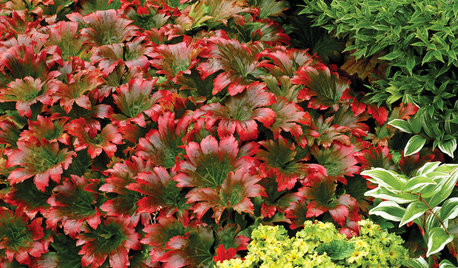
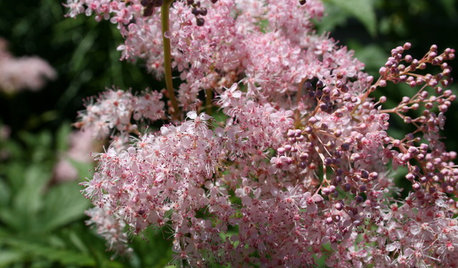
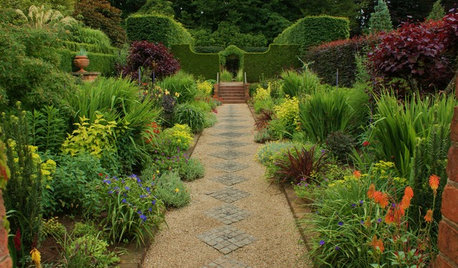

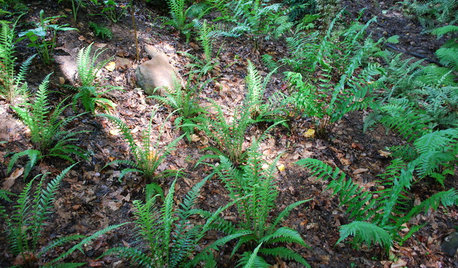
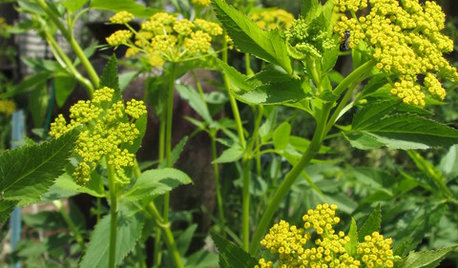
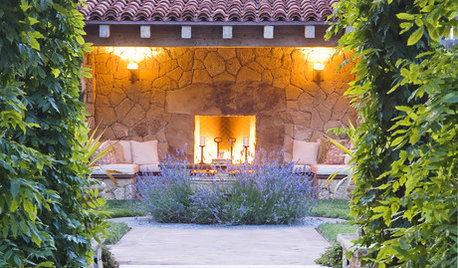
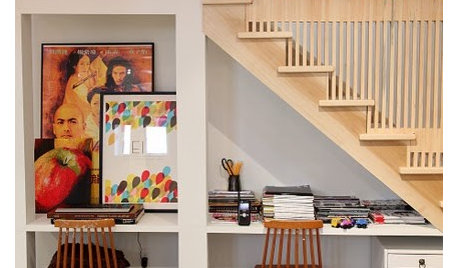
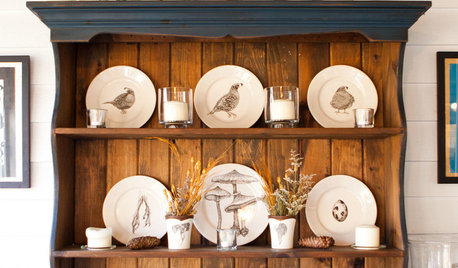








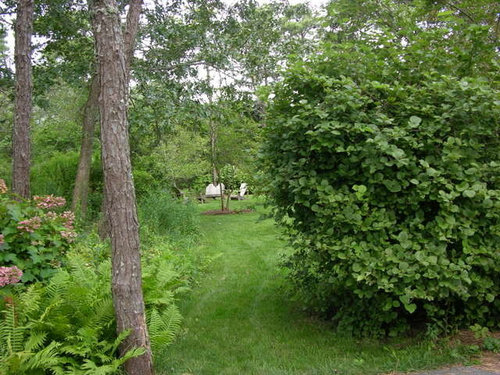
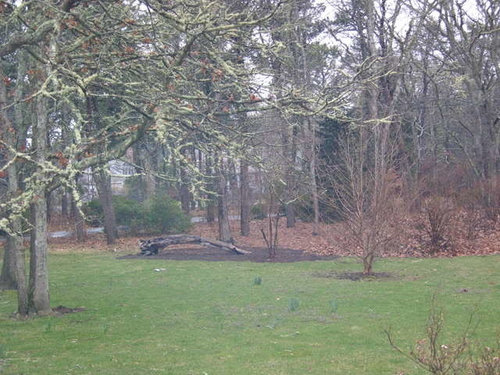
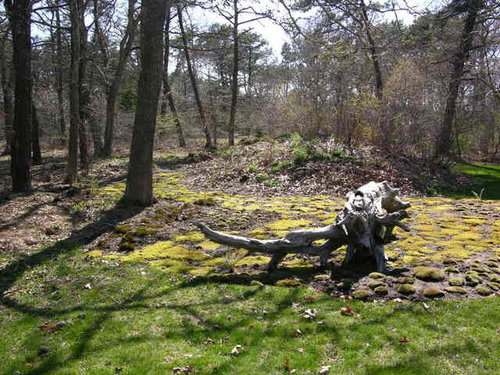

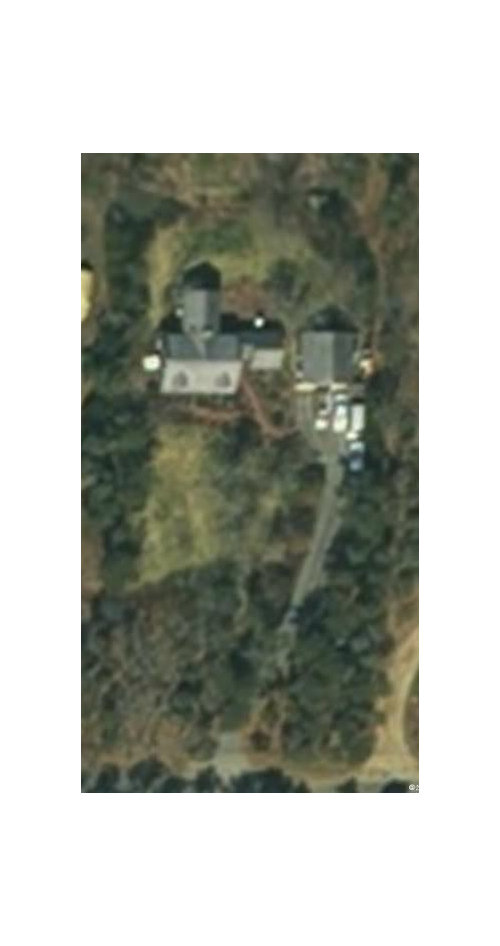

Saypoint zone 6 CT
jant
Related Professionals
Harrison Landscape Architects & Landscape Designers · Amesbury Landscape Contractors · Brownsville Landscape Contractors · Clark Landscape Contractors · Coeur d'Alene Landscape Contractors · East Haven Landscape Contractors · Elmhurst Landscape Contractors · Laguna Hills Landscape Contractors · Reisterstown Landscape Contractors · Centreville Decks, Patios & Outdoor Enclosures · Crestline Decks, Patios & Outdoor Enclosures · Jeffersonville Decks, Patios & Outdoor Enclosures · New Lenox Decks, Patios & Outdoor Enclosures · Olathe Decks, Patios & Outdoor Enclosures · Vandalia Decks, Patios & Outdoor Enclosuresjant
runktrunOriginal Author
jant
Saypoint zone 6 CT
jant